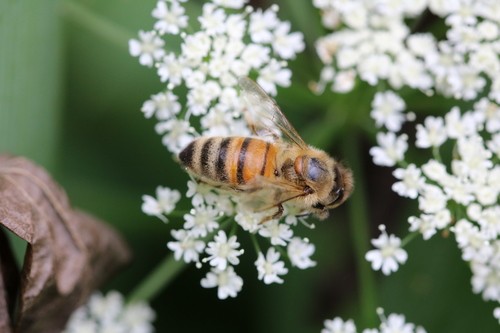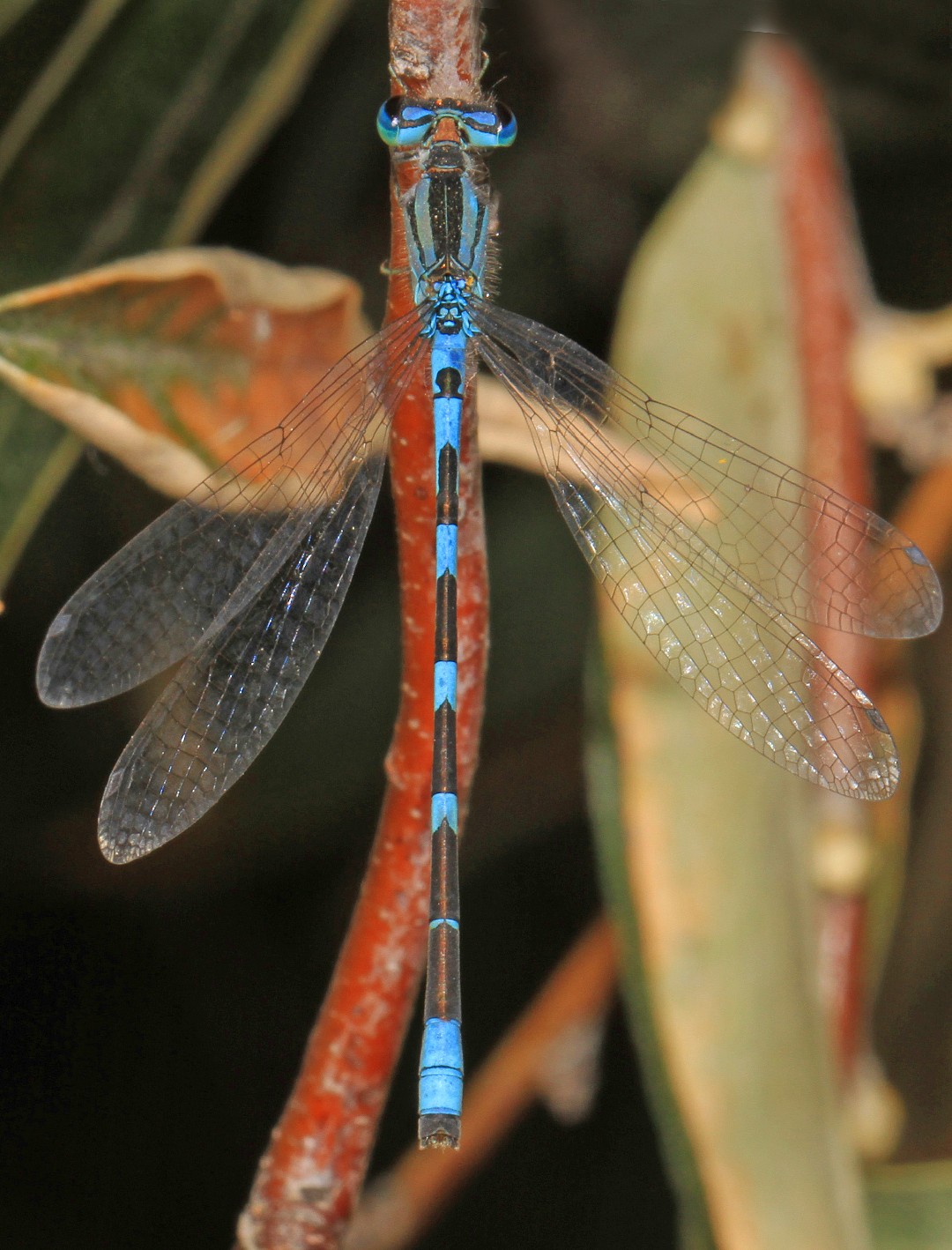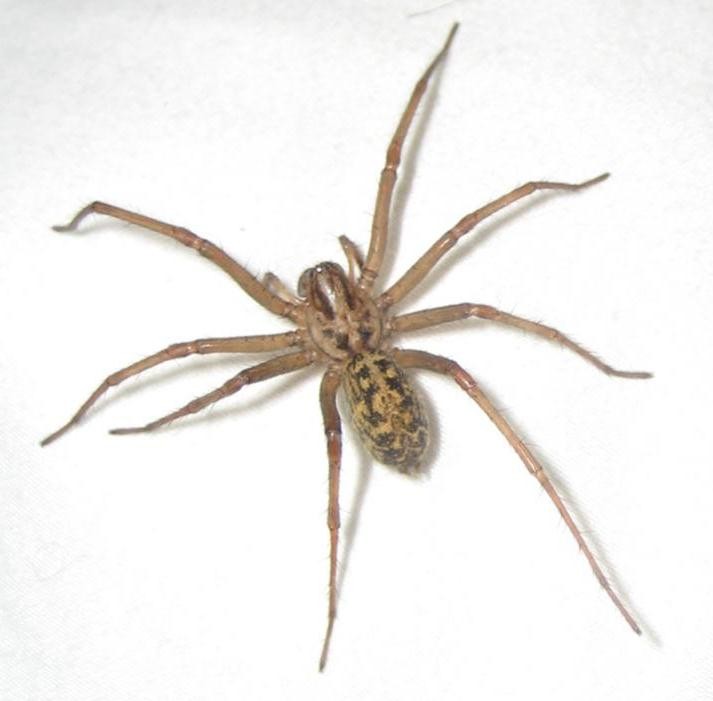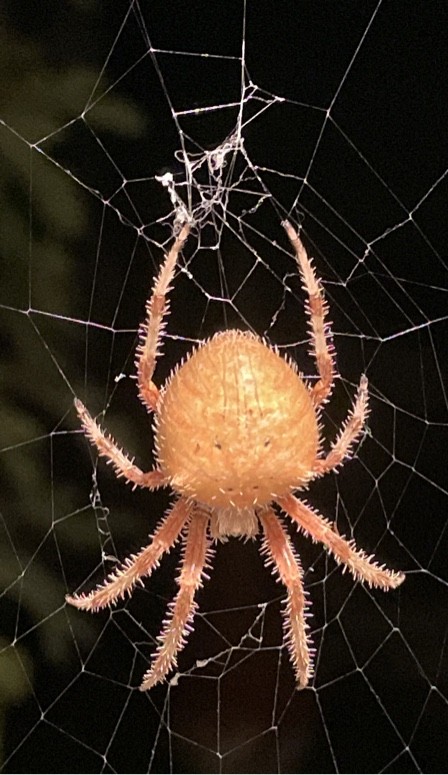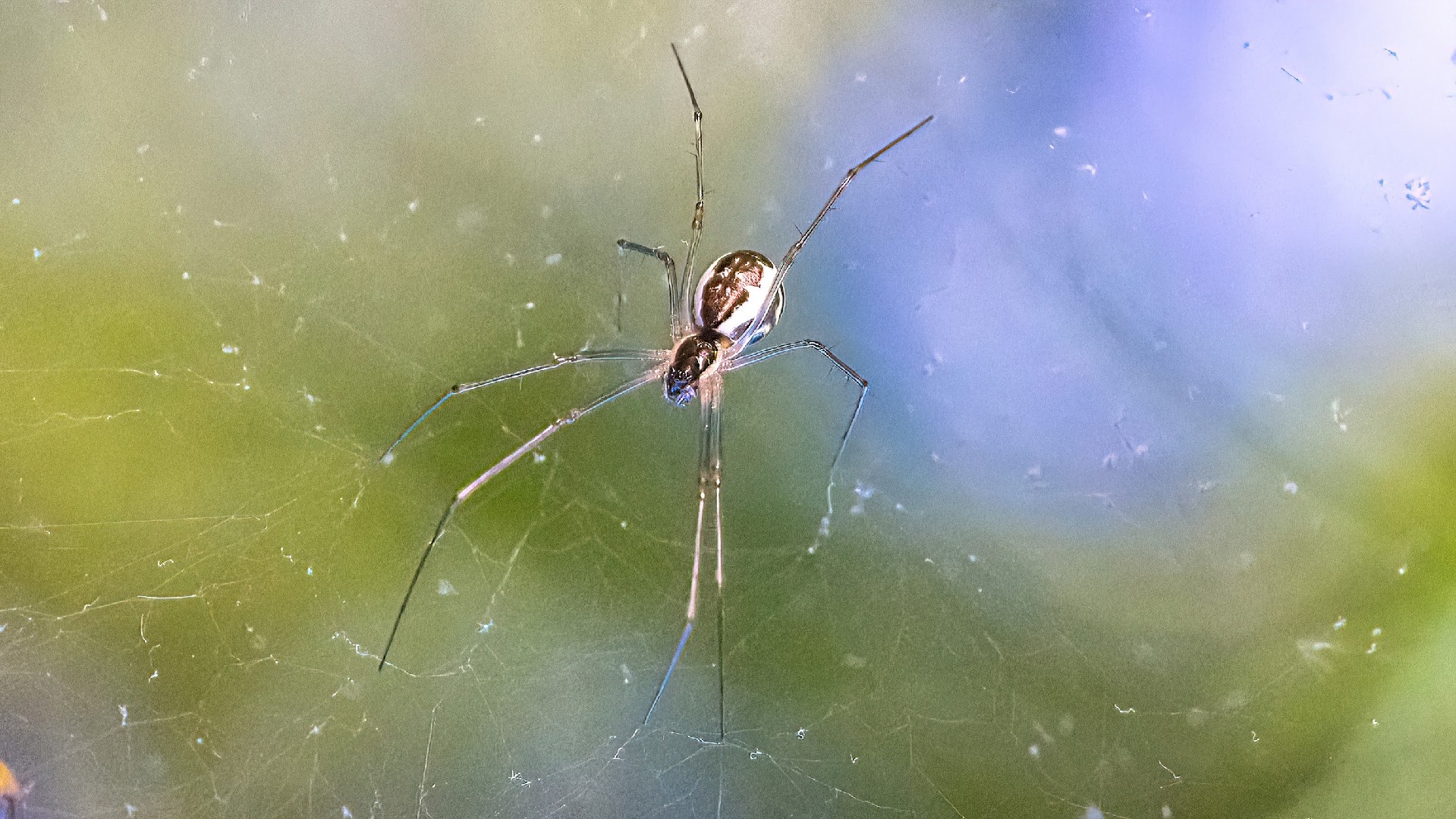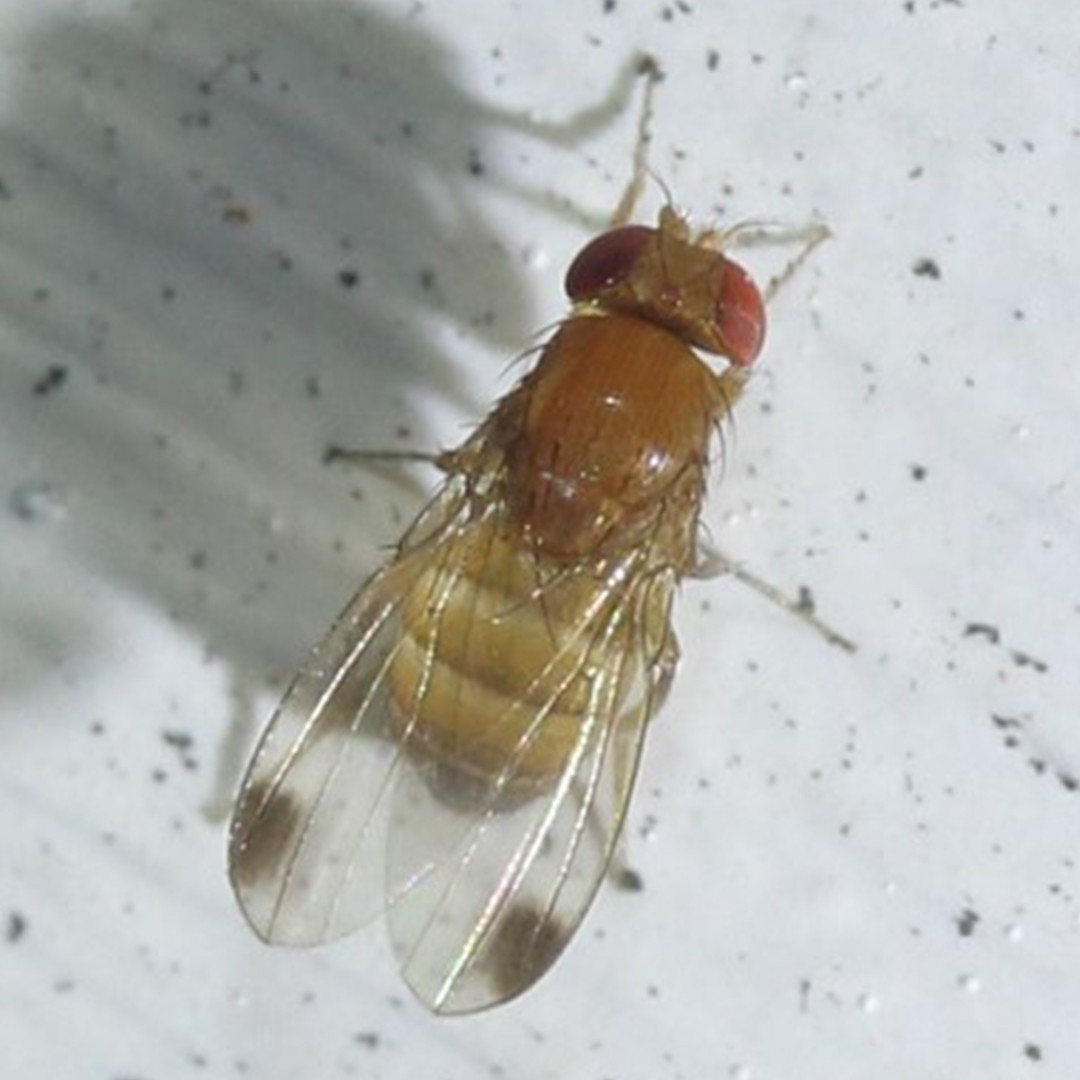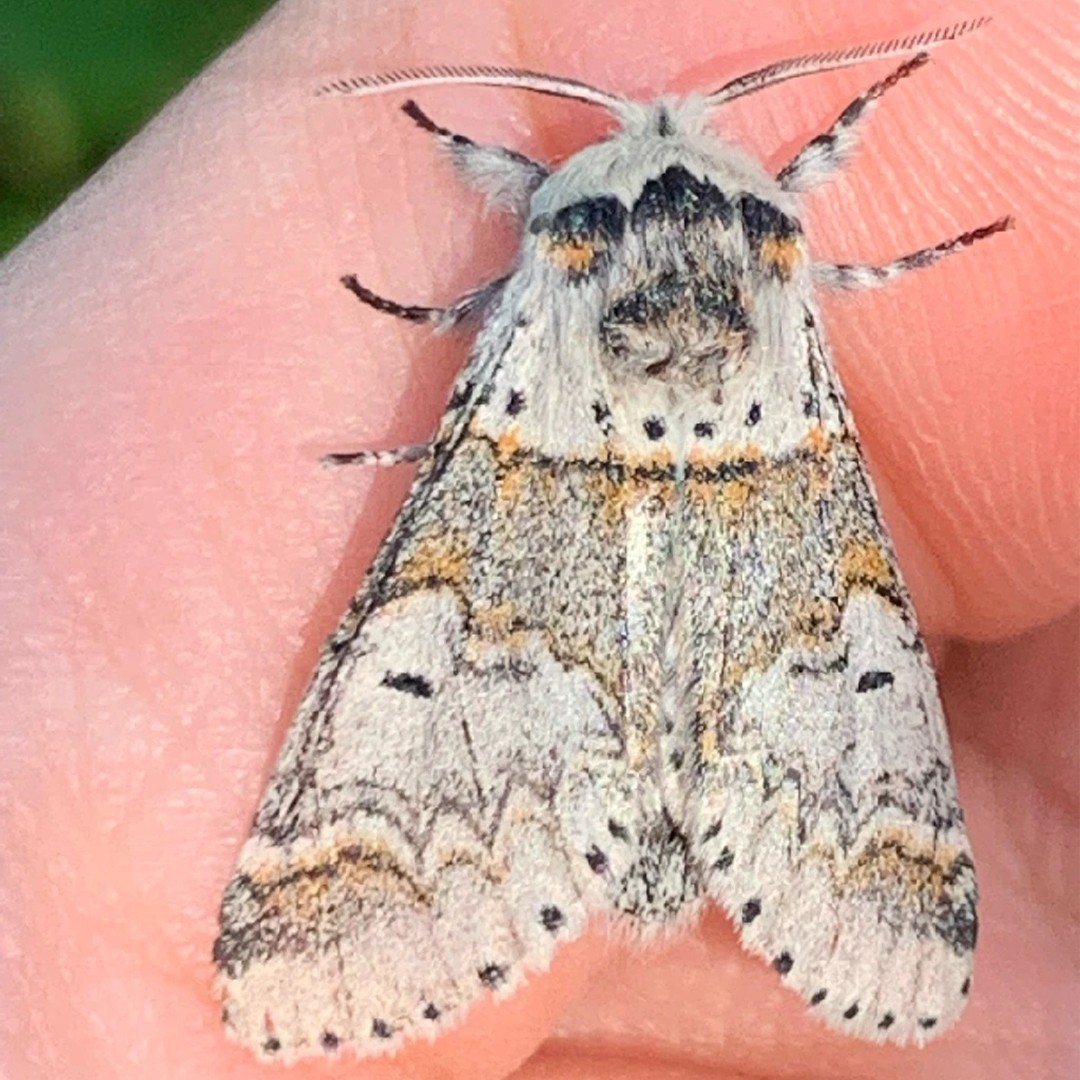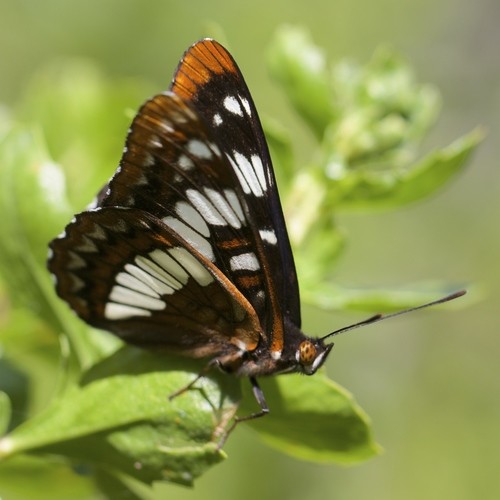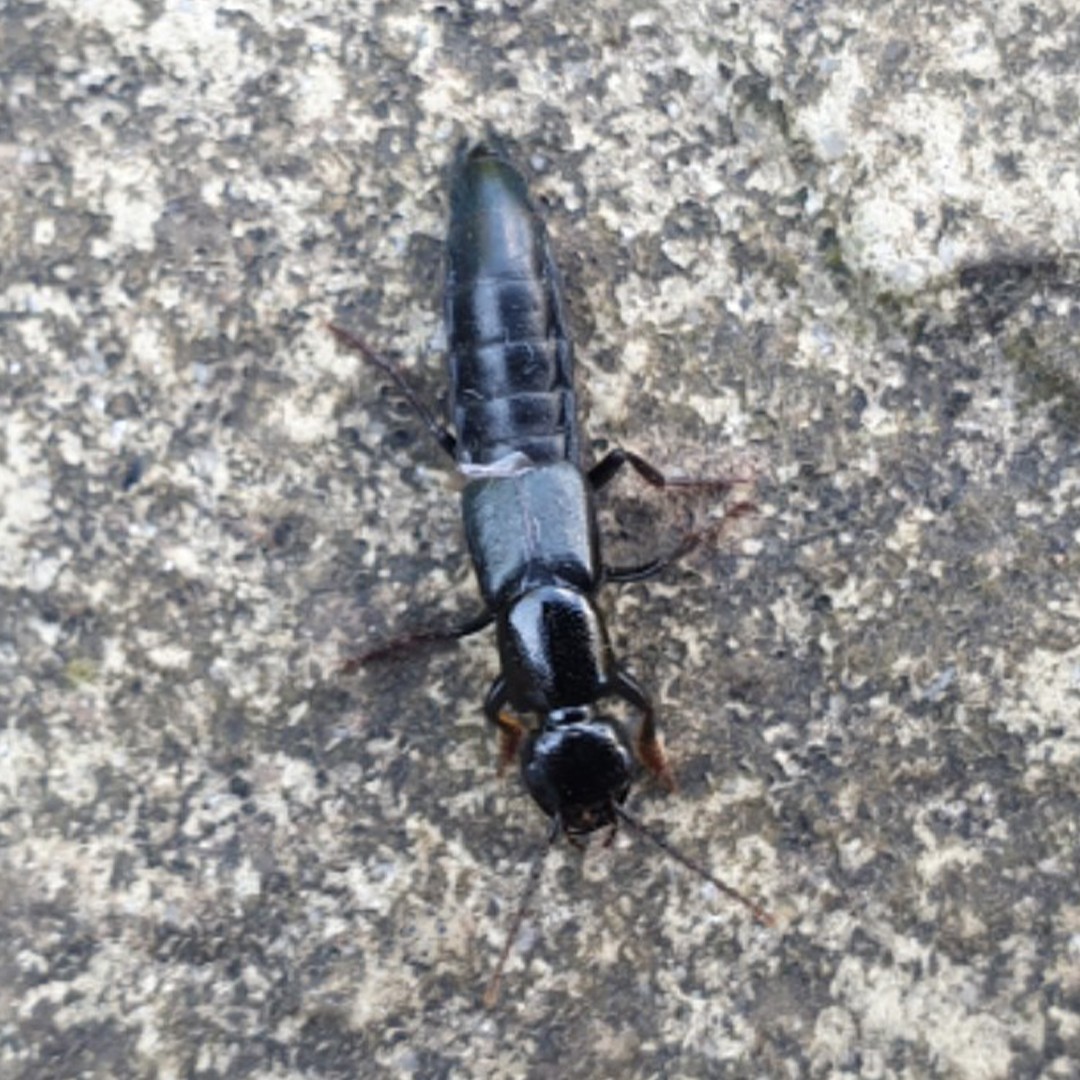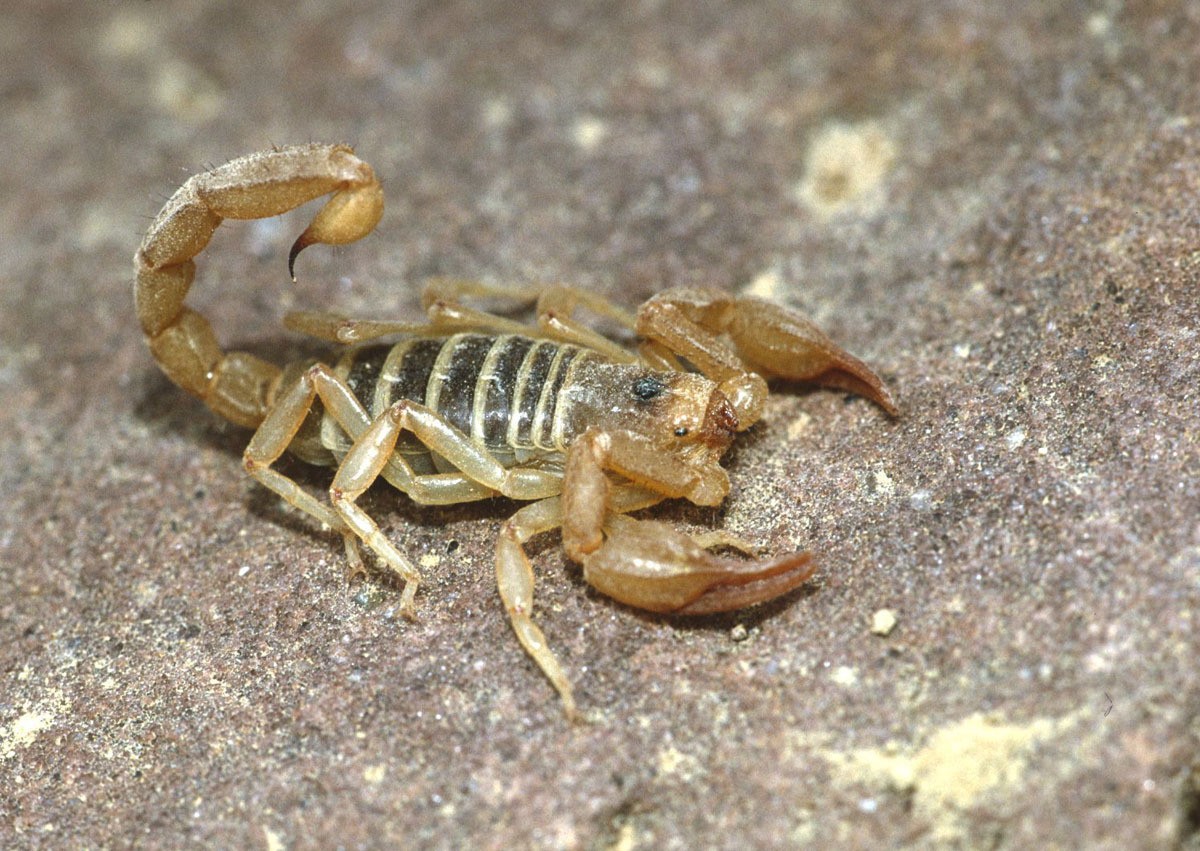Top 20 Most Common Insects in Yakima
Insects, an integral part of the bustling life in Yakima, are fascinating creatures known for their diverse appearances and habitats. Ranging from pests to beneficial allies, they hold pivotal roles in Yakima's ecosystem, contributing to its balance. Our list of the top 20 most common insects in Yakima underscores the intriguing relationship between a city's environment and its tiny inhabitants.
Most Common Insects
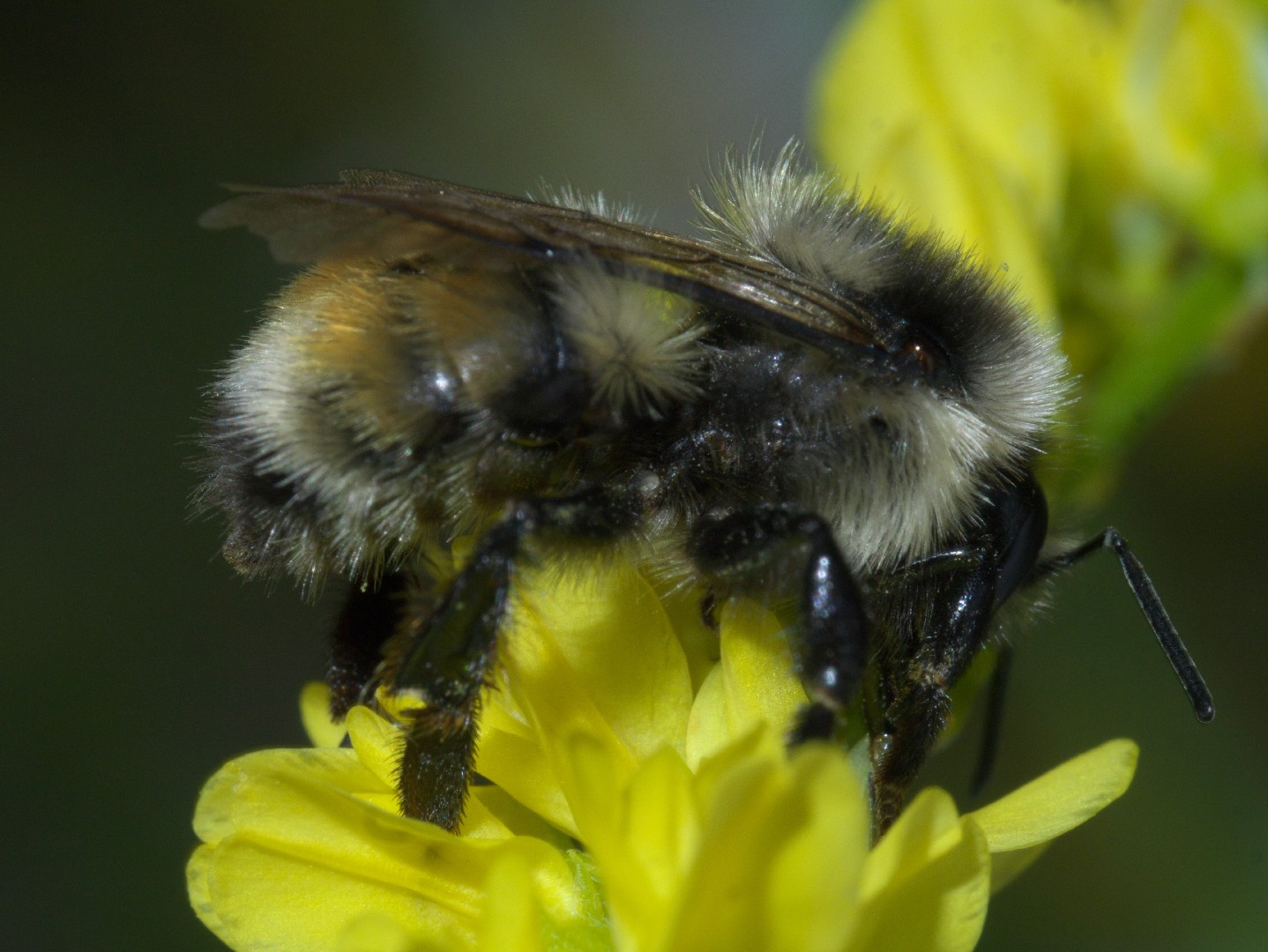
1. Two form bumble bee
Bombus bifarius is a non-woven insect from the family of bees and bumblebees (Apidae). The scientific name of the species was first validly published in 1878 by Cresson.
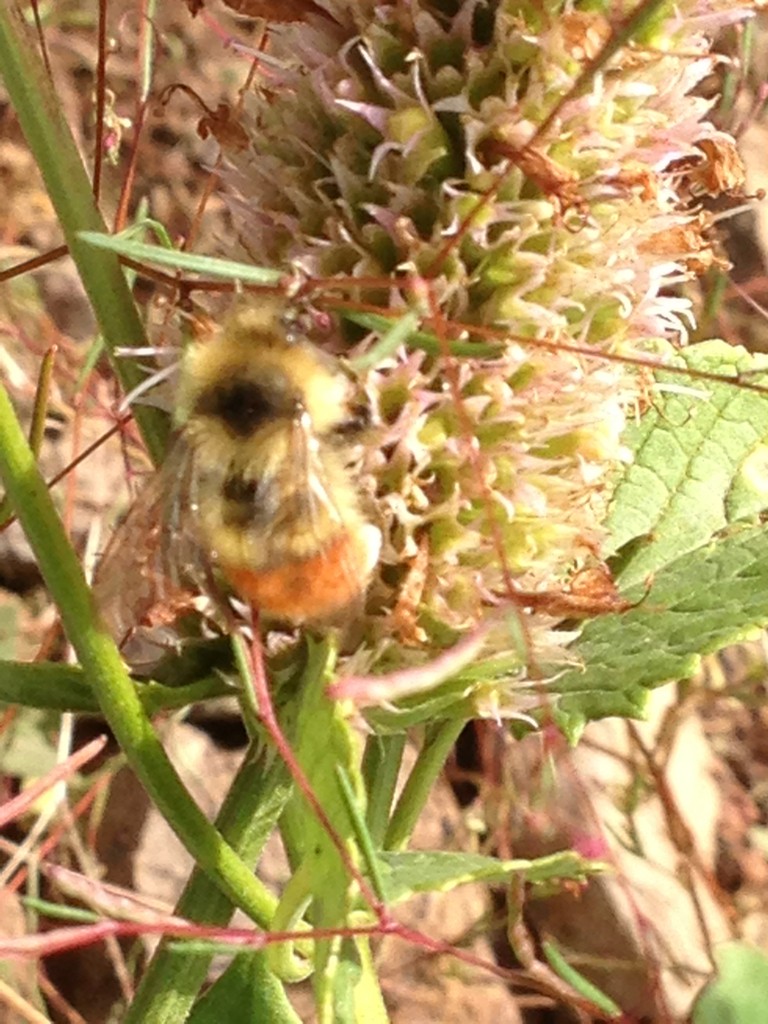
2. Central bumble bee
Bombus centralis is a small bumblebee with a long face and proboscis and light brown wings. The queen has a body length between 12.5 and 16 mm (0.49 and 0.63 in) and a wing span of 29 to 33 mm (1.1 to 1.3 in); the males have a length of 10 to 13 mm (0.39 to 0.51 in) and a wing span of 22 to 29 mm (0.87 to 1.14 in), while the workers are 9.5 to 12.5 mm (0.37 to 0.49 in) in length with a wing span of 23 to 28 mm (0.91 to 1.10 in). The colouration of the thorax and anterior part of the abdomen is yellow, while terga (abdominal segments) 3 and 4 (for the females) and 3 to 5 (males) are orange-red. The tail is black; overall the hair is long. Across the thorax is a black, medially located band. 
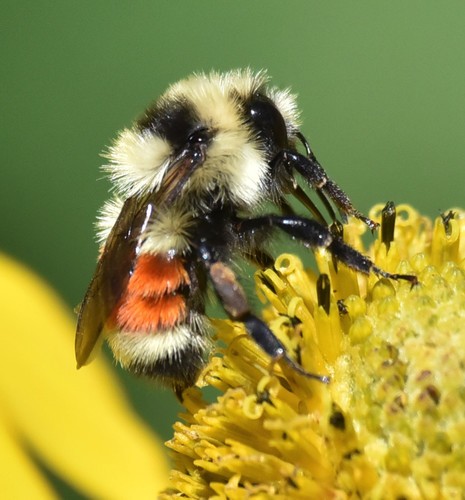
3. Hunt's bumble bee
Bombus huntii is a non-woven insect from the family of bees and bumblebees (Apidae). The scientific name of the species was first validly published in 1860 by Greene.
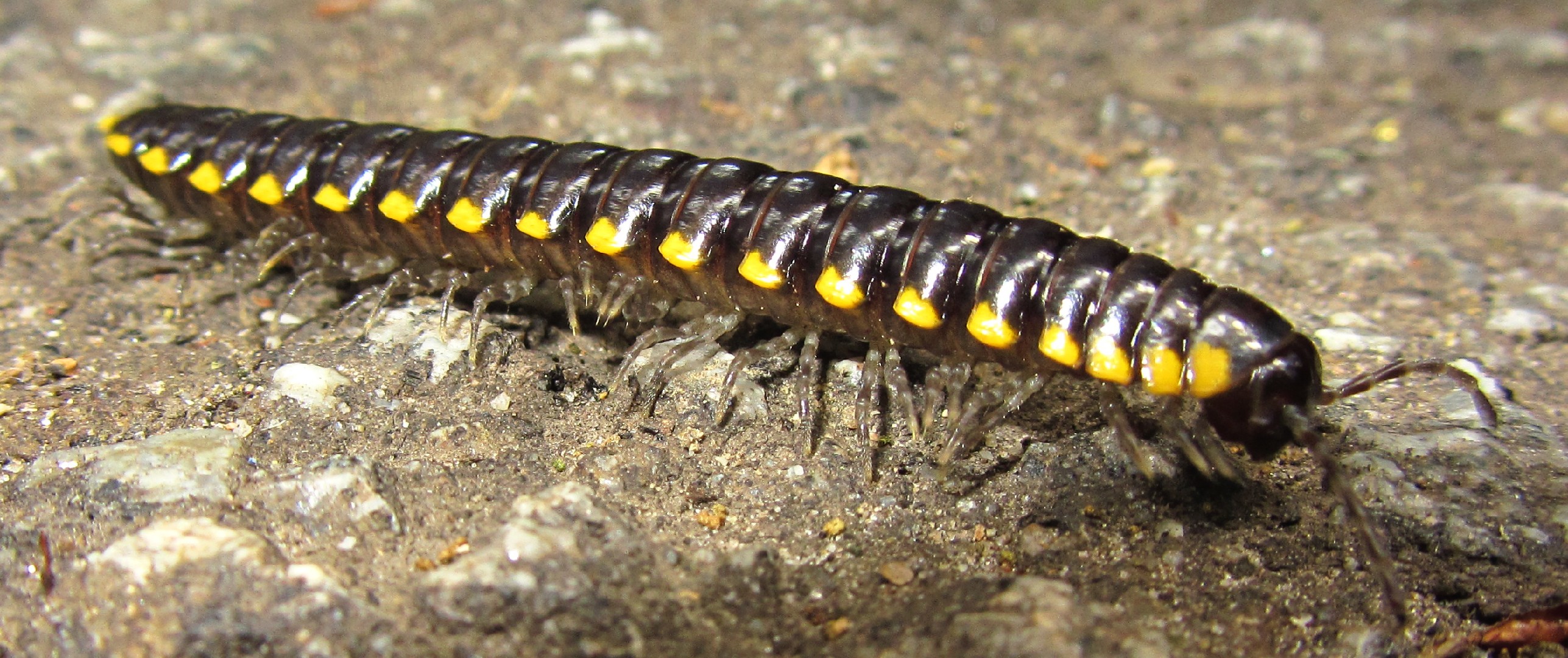
4. Yellow-spotted millipede
Harpaphe haydeniana reach a length of 4 - 5 cm when mature. The upper surface of the body is black to olive green, and is distinctively marked along the sides with patches of a yellowish colour. Harpaphe haydeniana has approximately twenty body segments, bearing a total of 30 (males) or 31 (females) pairs of legs. The difference between males and females is due to one pair of legs on the seventh segment in males being modified to form gonopods used for sperm transfer. 
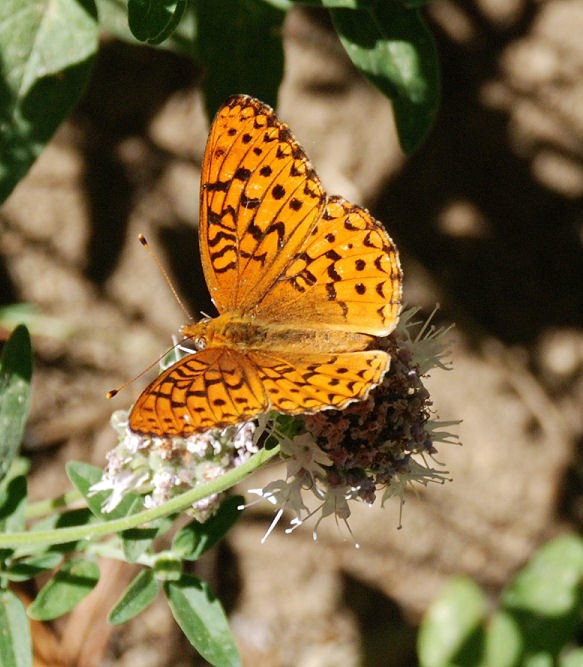
5. Mormon fritillary
Speyeria mormonia is a butterfly from the Nymphalidae family. The scientific name of the species was first validly published in 1869 by Jean Baptiste Boisduval.
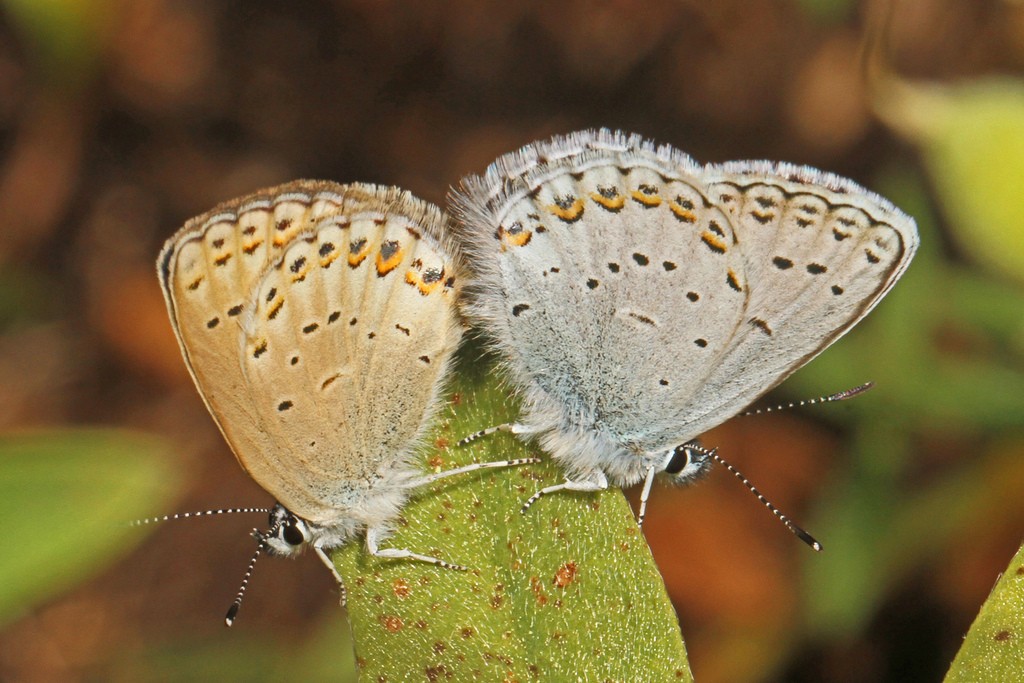
6. Anna'S Blue
Plebejus anna, or Anna's blue, is a species of blue in the butterfly family Lycaenidae. It is found in North America. The MONA or Hodges number for Plebejus anna is 4374.1. 

7. Boisduval's blue
Larvae of boisduval's blue are extremely small and rarely seen. The males' top wing grades from ice blue in the center to deep sky blue, exhibiting a dazzling iridescent fluctuation in range under direct, full sunlight. Black margins on the upper wing sport long, white, hair-like scales. A constellation of jet-black dots frames the extremities of the ventral surface, its pattern adroitly complementing the wing shape and throwing it into spectacular relief against the shimmering silvery pearlescent background. A fascinatingly muted hint of dark ice blue bleeds faintly up from the body, permeating the veins throughout for the palest, most delicate emphasis. The body shape, eyes, antennae, and appendages give it a uniquely exquisite poise. The males' bodies are dark-blue or brown. The females' upper wings are dark brown but otherwise mirror the males'. 
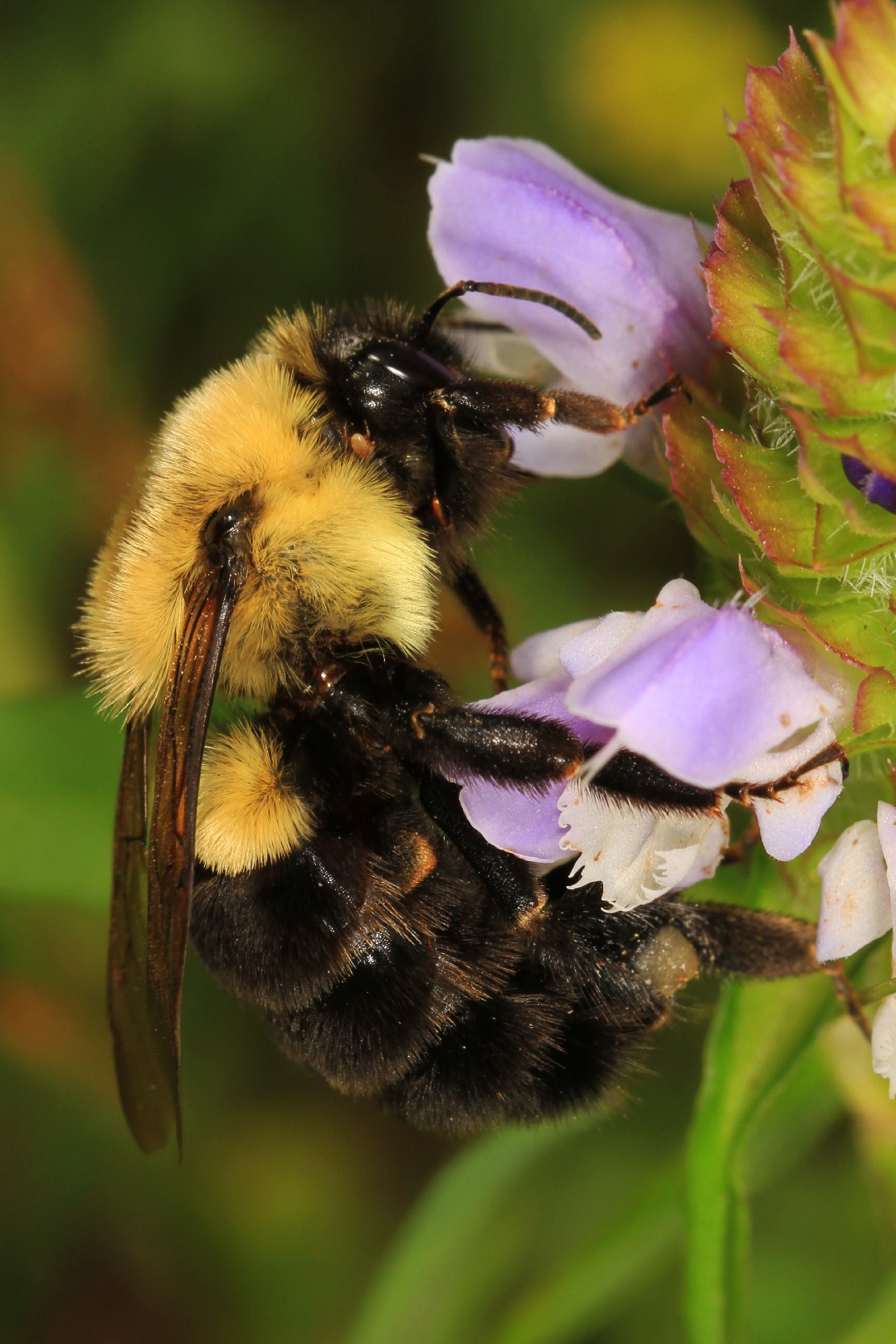
8. Brown-belted bumble bee
The brown-belted bumble bee (Bombus griseocollis) can be distinguished from other bumble bees because of the brown belt on its abdomen. It's often found in urban landscapes, near sunflowers, thistles, and milkweed. The males often fly very high in search of females, and they've even been spotted at the top of the Empire State Building.
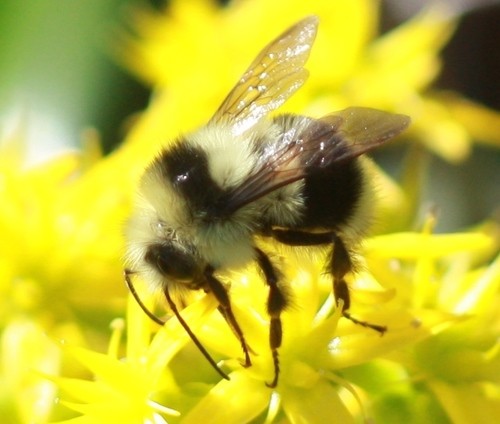
9. Black-tailed bumble bee
Bombus melanopygus is a non-woven insect from the family of bees and bumblebees (Apidae). The scientific name of the species was first validly published in 1848 by Nylander.
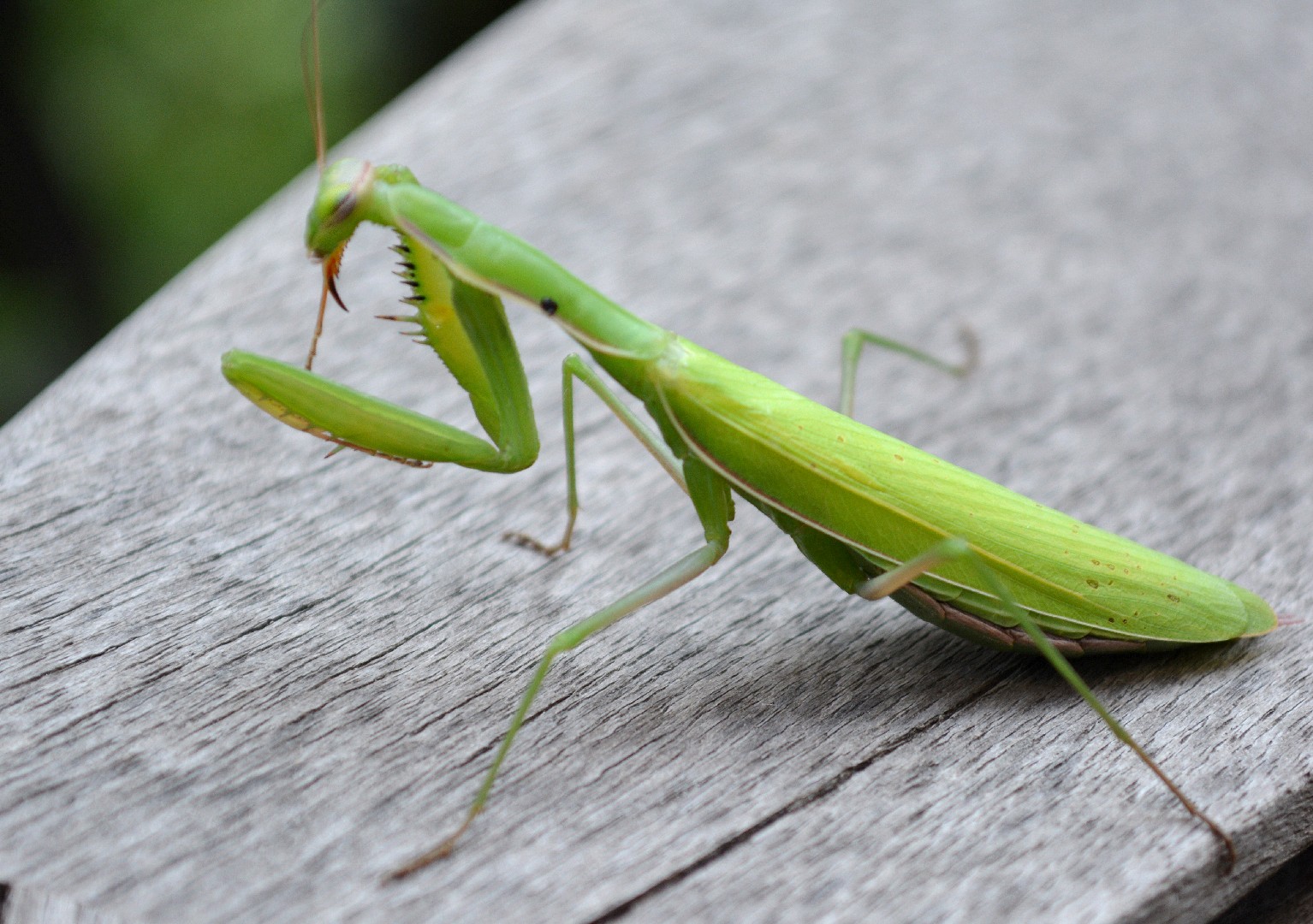
10. European mantis
The european mantis (Mantis religiosa) is a bright green mantis that can be distinguished by the two black spots with single white spots inside on its front legs. These spots resemble the eyes of a predator. If it's threatened, it will raise its wings and show off these intimidating "eyes". Also, it's a fierce species that will chase down its prey to catch it.
More
